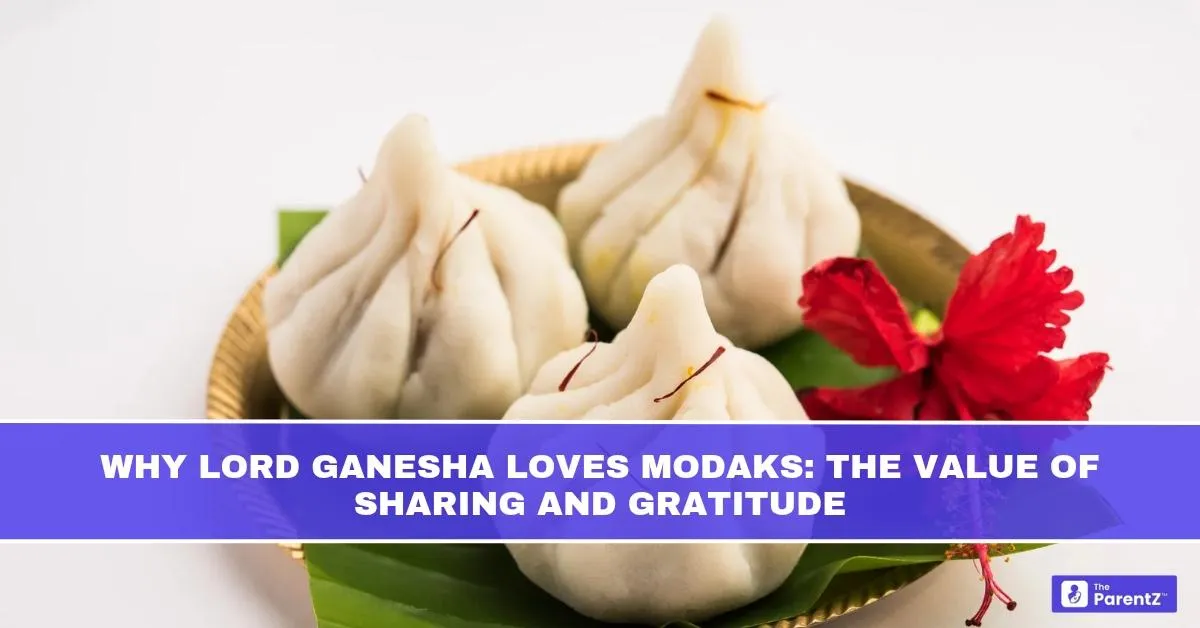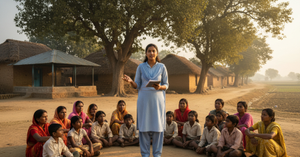Ganesh Chaturthi is one of the most loved festivals in India. Children eagerly wait for the arrival of Lord Ganesha, the remover of obstacles, and the celebration always feels incomplete without modak, his favorite sweet. But have you ever wondered why Lord Ganesha loves modak so much? Beyond being delicious, the story of modak carries a deeper meaning that teaches us about gratitude, sharing, and the joy of giving.
The Story Behind Modak
According to mythology, Goddess Parvati once prepared a sweet dumpling called modak. When Ganesha tasted it, he declared it his absolute favorite. Since then, modak has become the symbol of Ganesh Chaturthi offerings. It is believed that offering 21 modaks to Lord Ganesha brings happiness, wisdom, and prosperity to the family.
But the modak is not just food—it is also a symbol of knowledge. Just as the sweet filling is hidden inside the soft outer layer, true wisdom and happiness lie within us, waiting to be discovered.
Modak and the Lesson of Sharing
During Ganesh Chaturthi, families prepare modaks in large numbers and offer them first to Lord Ganesha. After the offering, the sweets are shared among family, friends, and neighbors as prasad. This teaches children a simple but powerful lesson: happiness multiplies when shared.
When a child shares their favorite toy, sweet, or book, they practice kindness and learn to value relationships more than possessions. Just like Ganesha shares his blessings, we too should share what we have with others.
Gratitude Through Modak
Making modaks at home involves love, effort, and teamwork. Families come together to prepare the dough, fill the coconut-jaggery mixture, and shape each dumpling. When children see their parents and grandparents working joyfully, they learn gratitude—thankfulness for food, family, and traditions.
Lord Ganesha’s love for modak reminds us to appreciate the little things in life and to be thankful for what we receive. Whether it is a sweet treat, a kind word, or someone’s time, gratitude makes us more humble and happy.
The Joy of Togetherness
The festival of Ganesh Chaturthi is not just about prayers and rituals but also about community. Neighbors exchange sweets, visit each other’s homes, and celebrate as one big family. Modak becomes a symbol of unity—something that connects people across age groups and communities.
For children, this is a chance to experience how festivals bring people closer, teaching them the importance of bonding and togetherness.
A Sweet Lesson for Children
Lord Ganesha’s fondness for modak carries values that every child can practice in daily life:
- Share joyfully – whether it’s food, toys, or even time with friends.
- Be grateful – say “thank you” for the little things.
- Stay united – celebrate togetherness and help each other.
Just as Ganesha’s round belly represents acceptance and happiness, the modak represents the sweetness that grows when shared with love.
Conclusion
Lord Ganesha loves modak not only for its taste but also for the message it carries. It is a reminder that life is sweeter when we practice sharing, gratitude, and togetherness. This Ganesh Chaturthi, when children bite into a modak, they can also remember Ganesha’s simple but powerful lesson: true happiness lies not in receiving more, but in sharing what we have with love.








Be the first one to comment on this story.